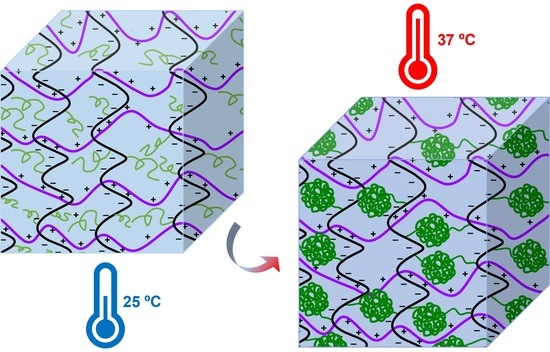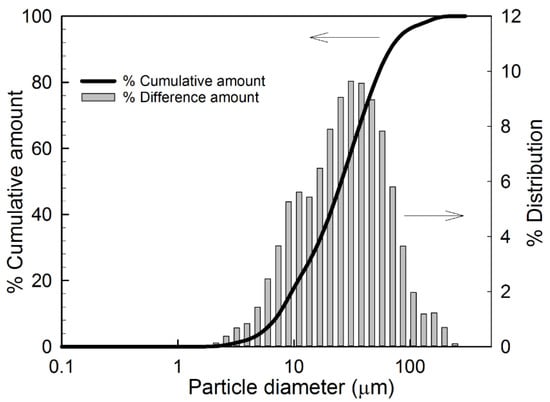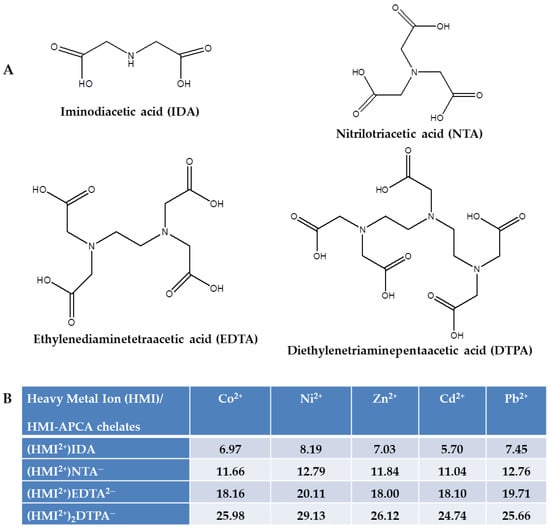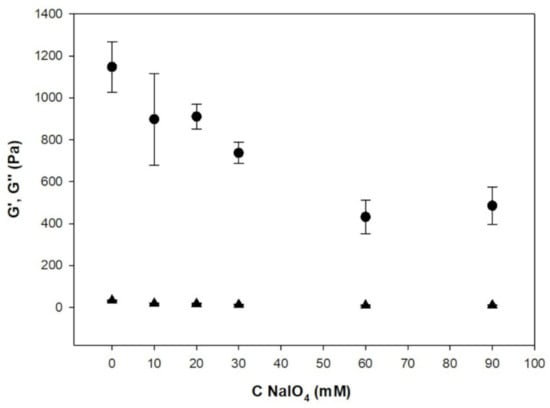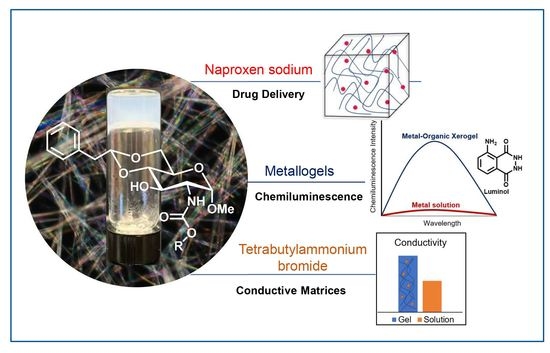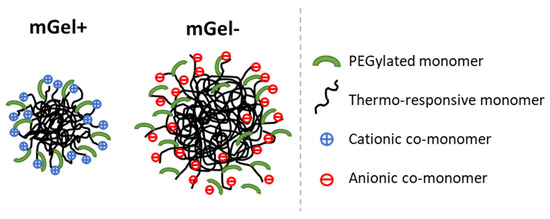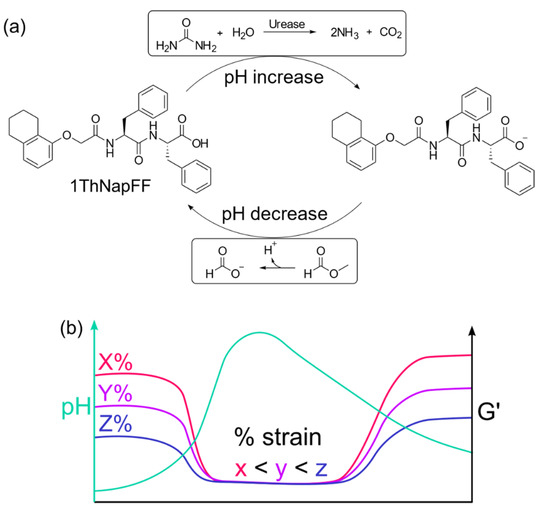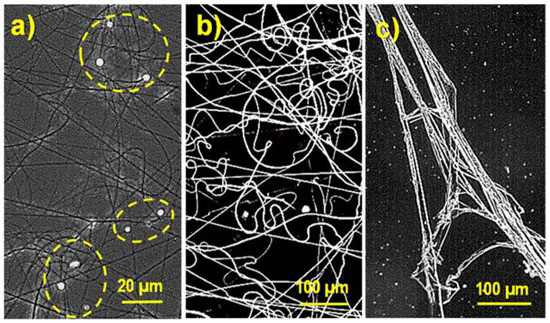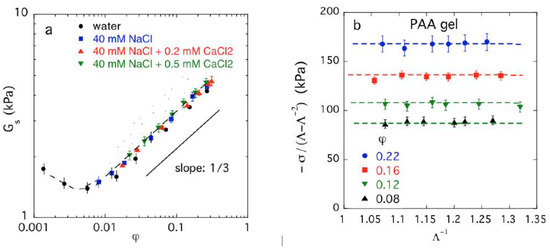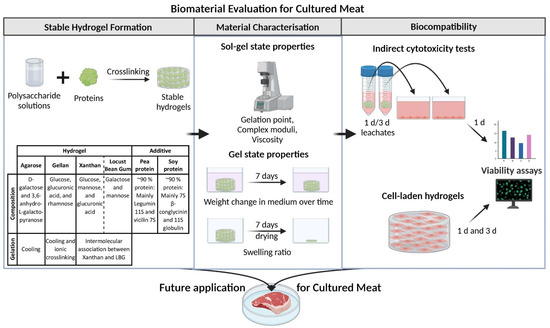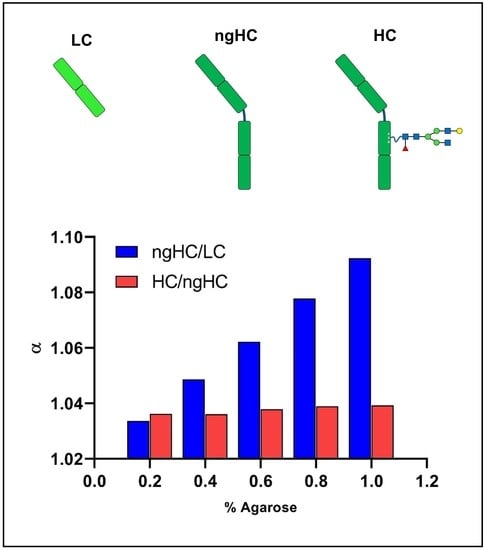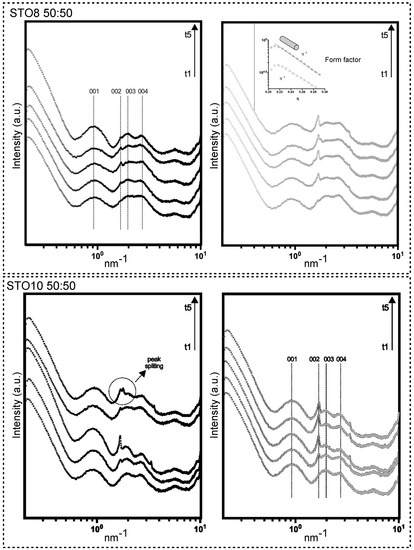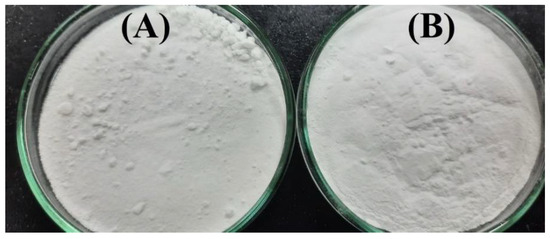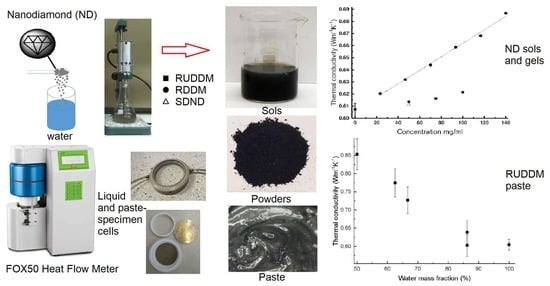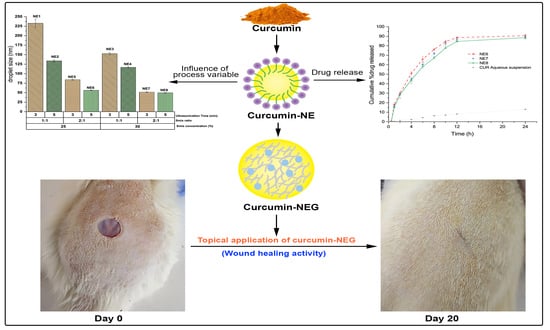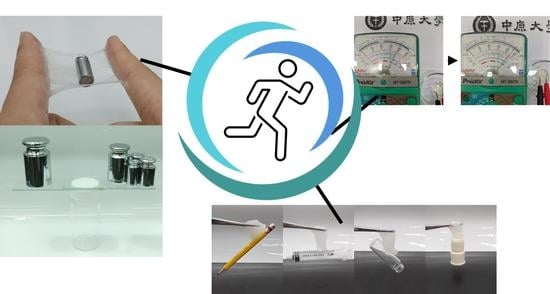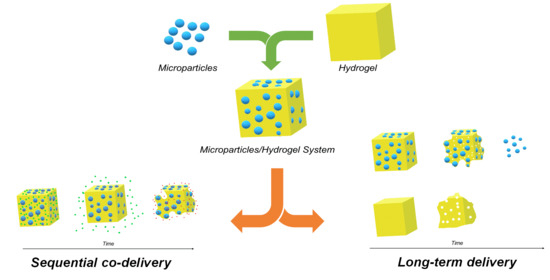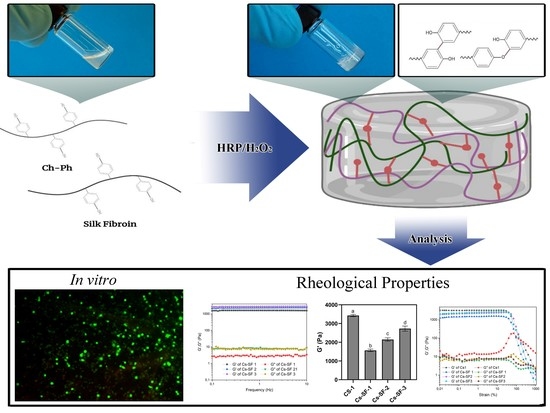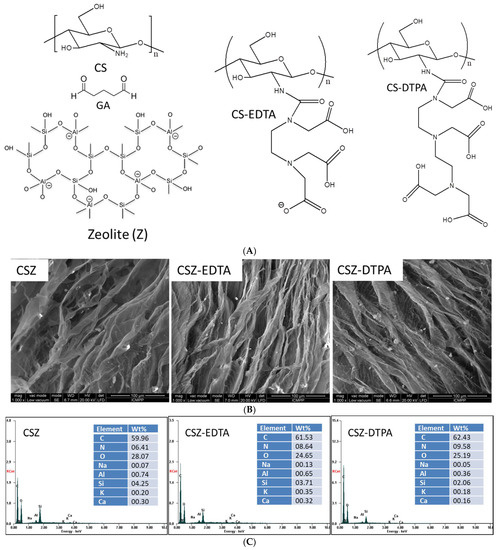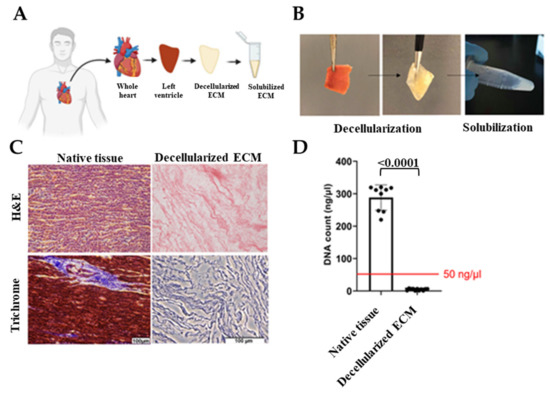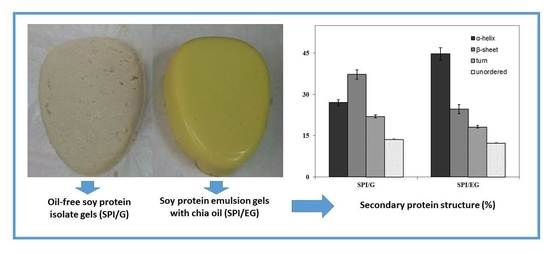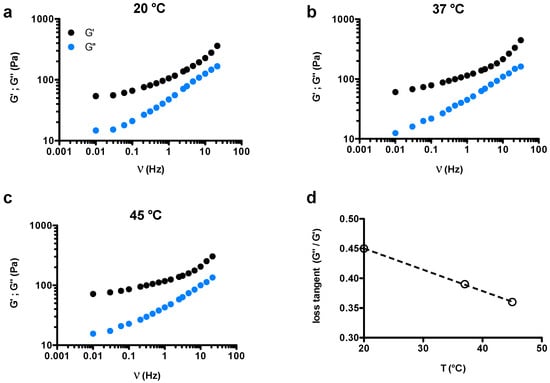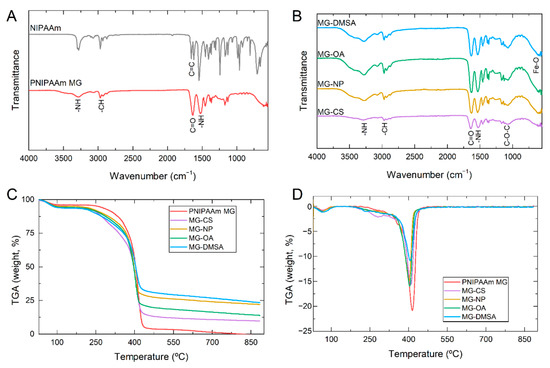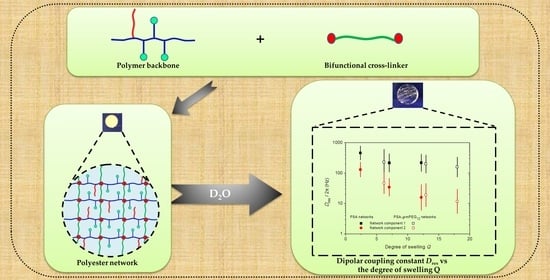Feature Papers in Gel Materials
A topical collection in Gels (ISSN 2310-2861).
Viewed by 176567Editor
2. Institut für Organische Chemie, Fakultät für Chemie und Pharmazie, Universität Regensburg, Universitätsstr. 31, 93053 Regensburg, Germany
Interests: development of advanced functional soft materials; through bio-inspired synthetic approaches; for biomedical; catalytic; sensing; coatings and energy applications
Special Issues, Collections and Topics in MDPI journals
Topical Collection Information
Dear Colleagues,
The topic collection “Feature Papers in Gel Materials” will comprise important contributions by scholars in the field of gel science and Editorial Board members of Gels. The main objective of this Topic Collection is to provide an overview of the main challenges that exist in important areas within the broad field of gel-based materials. A series of key authors will address this discussion in a free format, and according to their particular areas of expertise. We look forward to your submissions to this anticipated collection of exciting, top-quality papers covering the latest findings in gel science.
Prof. Dr. David Díaz Díaz
Guest Editor
Manuscript Submission Information
Manuscripts should be submitted online at www.mdpi.com by registering and logging in to this website. Once you are registered, click here to go to the submission form. Manuscripts can be submitted until the deadline. All submissions that pass pre-check are peer-reviewed. Accepted papers will be published continuously in the journal (as soon as accepted) and will be listed together on the collection website. Research articles, review articles as well as short communications are invited. For planned papers, a title and short abstract (about 250 words) can be sent to the Editorial Office for assessment.
Submitted manuscripts should not have been published previously, nor be under consideration for publication elsewhere (except conference proceedings papers). All manuscripts are thoroughly refereed through a single-blind peer-review process. A guide for authors and other relevant information for submission of manuscripts is available on the Instructions for Authors page. Gels is an international peer-reviewed open access monthly journal published by MDPI.
Please visit the Instructions for Authors page before submitting a manuscript. The Article Processing Charge (APC) for publication in this open access journal is 2100 CHF (Swiss Francs). Submitted papers should be well formatted and use good English. Authors may use MDPI's English editing service prior to publication or during author revisions.







